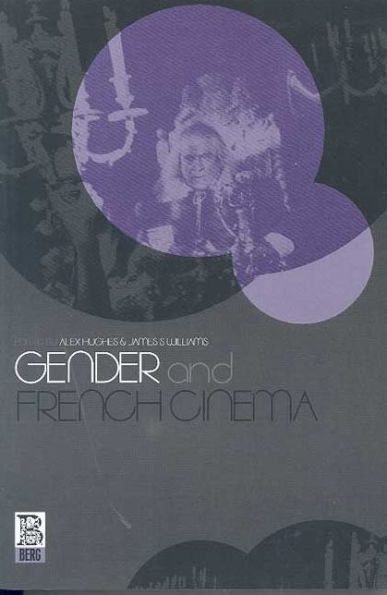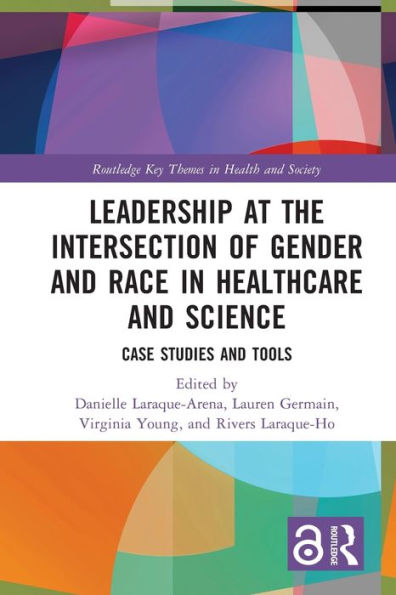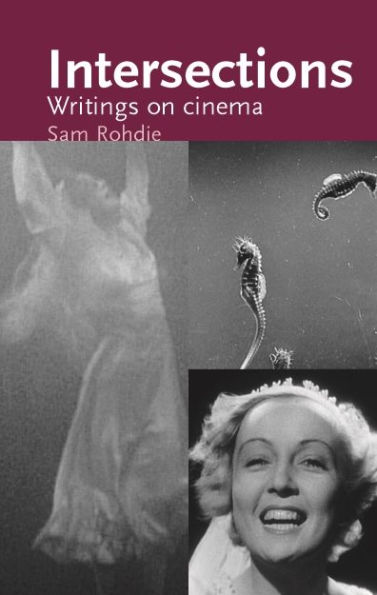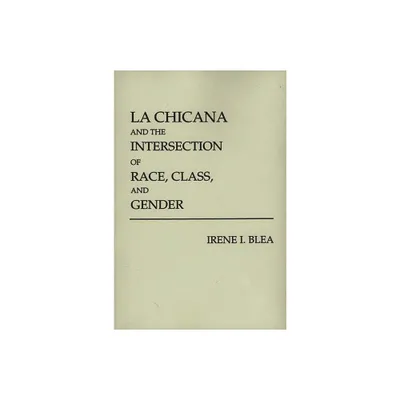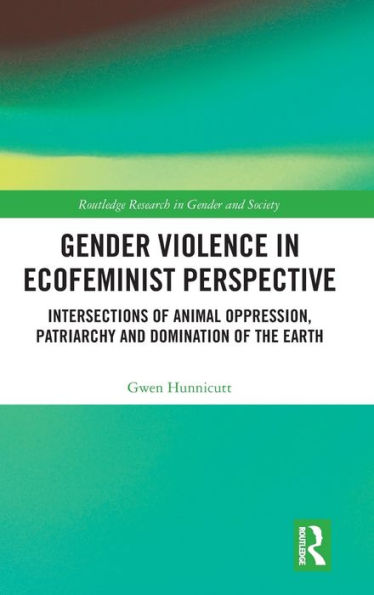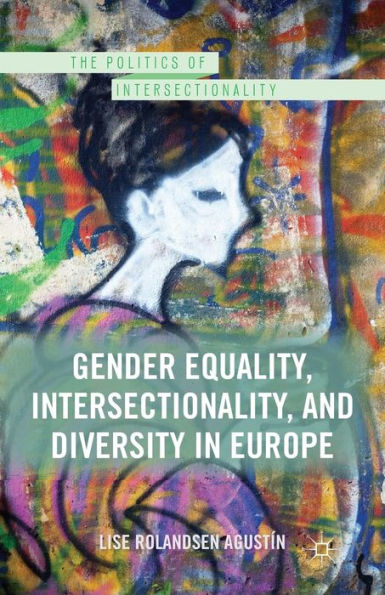Home
Gender French Banlieue Cinema: Intersectional Perspectives
Loading Inventory...
Barnes and Noble
Gender French Banlieue Cinema: Intersectional Perspectives
Current price: $105.00


Barnes and Noble
Gender French Banlieue Cinema: Intersectional Perspectives
Current price: $105.00
Loading Inventory...
Size: Hardcover
*Product Information may vary - to confirm product availability, pricing, and additional information please contact Barnes and Noble
This edited volume investigates the reconfiguration of gender in French
banlieue
cinema, interrogating whether the films produced over the last two decades provide new and viable models of resistance to dominant modes of power. Contributors take a critical approach which identifies gender as a marker of both body and identity politics to highlight the need to overcome a binary approach to
aesthetics, which limits inquiry into the basis of conflict. Given that a feminization—and, to some extent, queering—of the once exclusively-masculine space is underway, contributors ultimately conclude that the
and its on-screen representations cannot be properly understood unless intersectionality as a systematic approach is applied as an interpretive lens. Scholars of film, gender studies, and sociology will find this book particularly useful.
banlieue
cinema, interrogating whether the films produced over the last two decades provide new and viable models of resistance to dominant modes of power. Contributors take a critical approach which identifies gender as a marker of both body and identity politics to highlight the need to overcome a binary approach to
aesthetics, which limits inquiry into the basis of conflict. Given that a feminization—and, to some extent, queering—of the once exclusively-masculine space is underway, contributors ultimately conclude that the
and its on-screen representations cannot be properly understood unless intersectionality as a systematic approach is applied as an interpretive lens. Scholars of film, gender studies, and sociology will find this book particularly useful.
